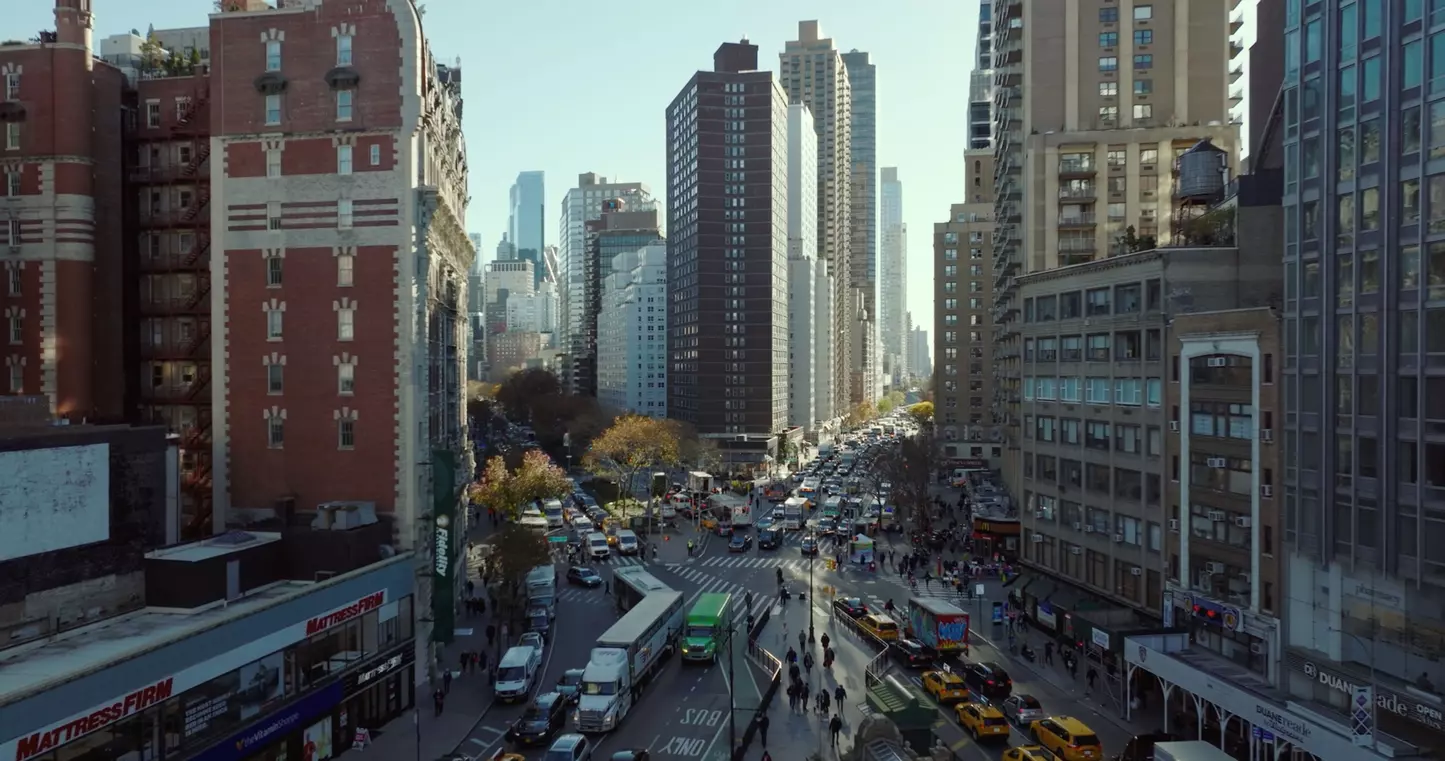Everything was ready for the entry into force of the first urban toll ever applied in the United States: on 30 June, New York was to introduce the so-called congestion charge, a tax on vehicles entering Manhattan Island, notoriously one of the city's most densely trafficked areas. The Big Apple would thus be added to the list of metropolises with such a measure, such as London, Stockholm, Milan and Singapore. Until the turn of events, when the programme was suspended indefinitely, as declared by New York State Governor Kathy Hochul on 5 June.
The details of the measure
The plan provided for a fee for all motor vehicles interested in entering Manhattan, more specifically in the island's central business district (CBD), an area from 60th Street (inclusive) and beyond, to the southern end of the financial district.
For cars, the toll was set at $15, dropping to $7.50 for motorbikes. Trucks would have paid different amounts depending on size, ranging from $24 to $36. Travel fares for passengers in taxis and rental vehicles (Uber, Lyft) would be increased by $1.25 and $2.50 respectively, in compliance with the rule.
The congestion charge would only be applied once a day and only on entry, with a precise time schedule: the toll would start at 5 a.m. on weekdays and end at 9 p.m.; instead during weekends, from 9 a.m. to 9 p.m. At night, rates would be reduced by approximately 75 per cent. Few exceptions were contemplated: the only ones exempt from full payment of the tax would be emergency and government vehicles. Motorists with an annual income of less than $50,000 would pay half the daytime rate after completing at least ten trips per month. For drivers who would reach the business district using one of the four toll tunnels (Lincoln, Holland, Queens-Midtown and Brooklyn-Battery) connecting Manhattan to the rest of the city, the fare would be discounted.
According to estimates conducted in previous months by the Metropolitan Transportation Authority (MTA), the public utility company responsible for city transport for the state of New York, toll revenues would amount to approximately $15 billion, to be invested in the upgrading of urban transport (trains and underground lines first of all), which have long been in sub-optimal condition. The measure would then lead to a 17% reduction in incoming vehicles, lower traffic levels and better air quality.
The legislative process
The path of approvals and revisions of the congestion charge began in 2019, when the then New York State administration, in the person of Mayor Bill de Blasio and Governor Andrew Cuomo, included such a measure (very similar to the proposal made in 2007 by Mayor Bloomberg) in the city budget, in response to the crisis of the public transport network that had been ongoing for years (in 2017, a state of emergency was declared for the MTA).
In June 2023, after years of stalemate, the standard was approved at the federal level: it could then move on to the study and implementation phase, entrusted to the Traffic Mobility Review Board, which in November 2023 delivered a predictive report and a roadmap to the MTA for the implementation of the project. In December 2023, the MTA board members almost unanimously (out of ten voters, nine voted in favour) approved the document, which could be appealed in the courts within the next 60 days. The effective date was set for late spring 2024, postponed shortly afterwards to 30 June. On 5 June, Governor Hochul, in a sudden change of direction, suspended the project indefinitely.
The debate
The reasons cited by Hochul in the video recorded to announce the sudden halt to the project were purely economic in nature: the governor recalled how the regulation was approved in 2019, before the outbreak of the pandemic and the related crisis. She went on to point out the high inflation and the still high rate of empty offices (Manhattan has about 20 per cent vacancies) due to the non-return of those working remotely: implementing the congestion charge now could mean losing more professionals, especially those in disadvantaged conditions, she said. In the background, however, as highlighted by the press, political issues seem to remain: the community that commutes daily from the suburbs to Manhattan for work has voiced its opposition to the measure, and with elections approaching, such a measure would arouse many sensitivities at voting time.
The suspension of the toll was applauded by several figures, including the governor of New Jersey (the toll would have been added to those already in force for drivers going to New York) and several trade representatives: from the Big Apple Truckers' Association to the Teachers' Union (the latter had tried, unsuccessfully, to obtain a complete exemption for its members). Environmental associations and pressure groups for the increased use of public transport (Transportation Alternatives, for example), on the other hand, have expressed their regret over the decision, pointing out that the achievement of the goals of fewer motor vehicles and better air quality has once again been delayed. Pending any further developments or decisions on the issue, it remains to be seen how the municipality will be able to finance the refurbishment and upgrading of the city's public transport system, now that the 15 billion in revenue expected from the congestion charge has been lost.
